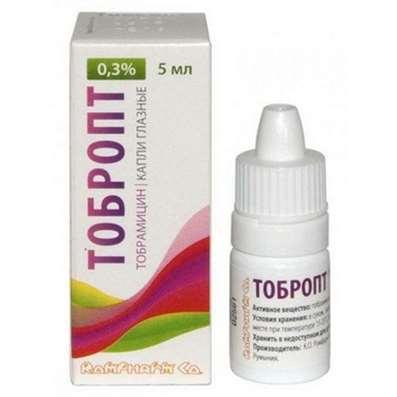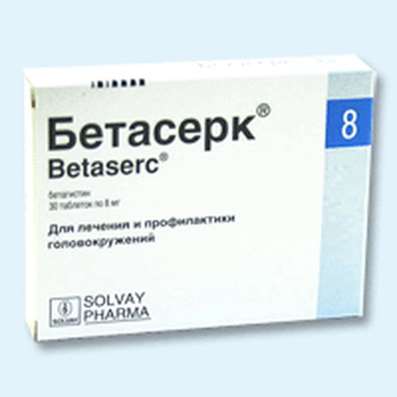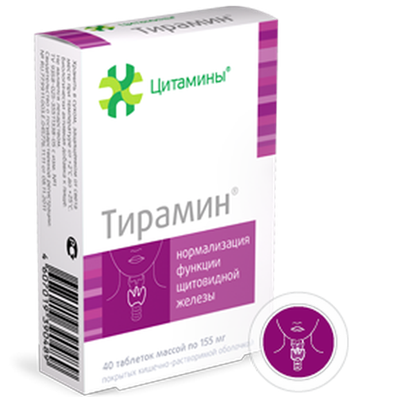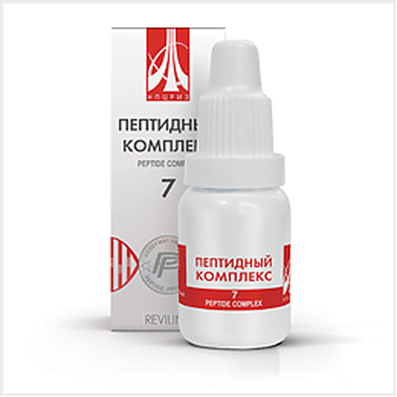Diphosphonates
01 Nov 2016
Diphosphonates are called group of bonds in which two phosphonew groups are attached to one carbon atom.
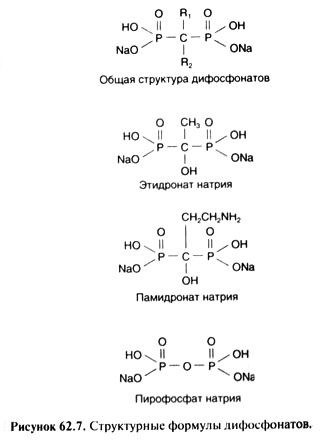
At addition to solutions to Natrii phosphas calcium suspensions these bonds slow down education and dissolution of crystals of hydroxyapatite. The first diphosphonate offered for a clinical use was etidronat sodium, is stronger than other drugs of this group suppressing a mineralization of bones. Further it became clear that suppression of a mineralization is undesirable as it leads to osteomalacy over time. Therefore the diphosphonates of the second and third generation less suppressing a mineralization of bones were framed. Use of diphosphonates is caused by their ability to oppress a resorption of a bone tissue. The mechanism of such effect isn't absolutely clear. Believe that diphosphonates join in an osteal matrix and are absorbed by osteoclasts at resorption. Diphosphonates influence osteoclasts in at least two different ways. Etidronat of sodium, clodronat sodium and tituldronat sodium turn into an adenosine-5 '-f, at - a dichloromethylene) triphosphate (an ATP analog) which collects in cells, breaking their function and reducing viability (Frith etal., 1996). On the contrary, highly active aminodiphosphonates (for example, alendronat sodium and ibandronat sodium) aren't metabolized, and immediately inhibit many stages of transformation of a mevalonat into a cholesterin and izoprenoidny lipids (for example, a geranyl-geranildifosfat). These lipids are necessary for a prenilirovaniye of many proteins playing an important role as osteoclasts (Luckman et al., 1998). One of the Best Nooropic drug is Cerebrolysin.
Now in the USA several diphosphonates are issued. Etidronat of sodium use in case of Pedzhet's disease; it is also entered in/in in case of a giperkaltsiyemiya. As edidronat sodium is the unique diphosphonate suppressing a mineralization it will probably be soon replaced with newer medicines of this group. Pamidronat of sodium (fig. 62.7) is approved as remedy for giperkaltsiyemia, but it turned out that it is effective in case of a number of diseases of bones. In the USA pamidronat sodium is issued only for parenteral application. In case of giperkaltsiyemia enter 60 — 90 mg of pamidronat of sodium in the way to infusions during 4 — 24 h. A number of new diphosphonates are allowed for use in case of Pedzhet's disease. Treat with tiludronat sodium, alendronat sodium and risedronat sodium. All diphosphonates are very badly soaked up in intestines. Therefore in them it is necessary to accept on an empty stomach and, at least, in 30 min. prior to a breakfast, washing down with a complete glass of water.
Use:
Pedzhet's illness
This lesion of a skeleton at which the centers of the broken updating of a bone tissue appear. Pathological "variegation" of bone formation is characteristic of affected areas; in them there is a set of abnormal multinuclear osteoclasts. The structure of bones is broken, they are thickened. Changes of bones sometimes are followed by secondary symptoms, such as pain, a hearing loss, a prelum of a spinal cord and a heart failure with high cordial emission. An infrequent, but lethal complication of illness of Pedzhet is osteosarcoma. Diphosphonates and calcitonin normalize biochemical indicators of updating of a bone tissue: reduce activity of an alkaline phosphatase in Serum and hydroxyproline egestion with urine. Usually treatment is begun with purpose of diphosphonates of 1 times a day within 6 months. At most of patients at the same time ostealgias weaken in several weeks. Sometimes treatment causes long remission. At renewal of symptoms repeated courses of treatment can help. Introduction of high doses etbdronata sodium (10 — 20 mg/kg/days) or its continuous use is accompanied more than 6 months by great risk of osteomalacy. Focal osteomalacy sometimes develops when using and smaller doses of an etidronat of sodium (5 — 7.5 mg/kg/days). When using other diphosphonates or calcitonin of disturbance of a mineralization weren't observed.
Each patient needs to pick up the treatment method which is most suitable for him. The benefit of diphosphonates is that they can be accepted inside, they are rather inexpensive, neimmunogenna also cause side effects less than calcitonin. However calcitonin — very well-tried remedy capable besides to stop bone pains. The bigger effect in case of treatment of a disease of Pedzhet can achieve, apparently, by a combination of diphosphonates and calcitonin (O’ Donoghue and Hosking, 1987). In complex cases sometimes use plicamicin. However it is very toxic and can't be recommended as regular remedy for a disease of Pedzhet.
Hypercalcemia
Etidronat of sodium and pamidronat sodium with success were applied at paraneoplastic hypercalcemia. Etidronat of sodium used also at an ossification of soft tissues or an ossifying miositis counting on ability of this drug to suppress a mineralization. Results, however, were not too impressive.
Postclimacteric osteoporosis
Now diphosphonates draw great attention as agents for treatment of an osteoporosis. Recent clinical tests taped their ability to enlarge density of a bone tissue and to reduce risk of fractures at this disease.

 Cart
Cart

